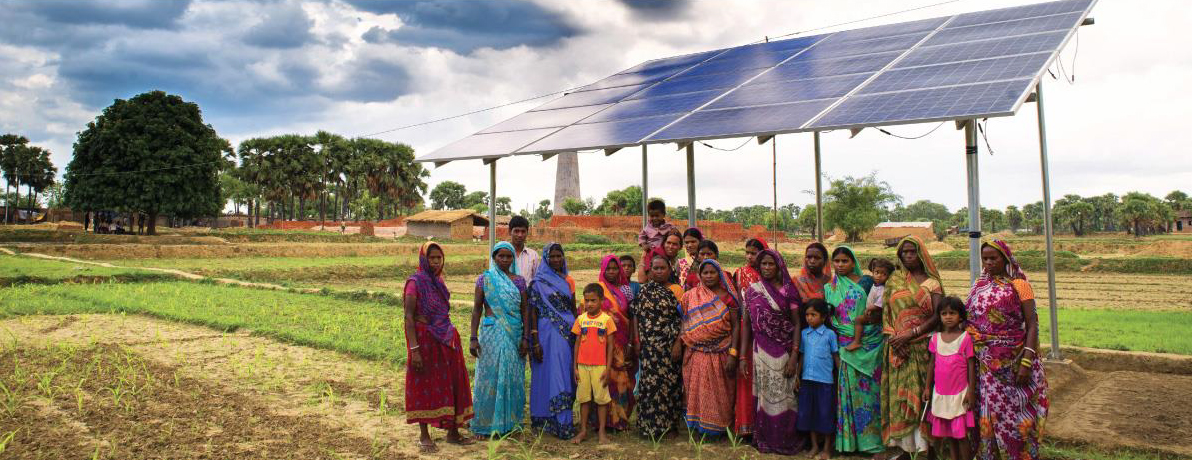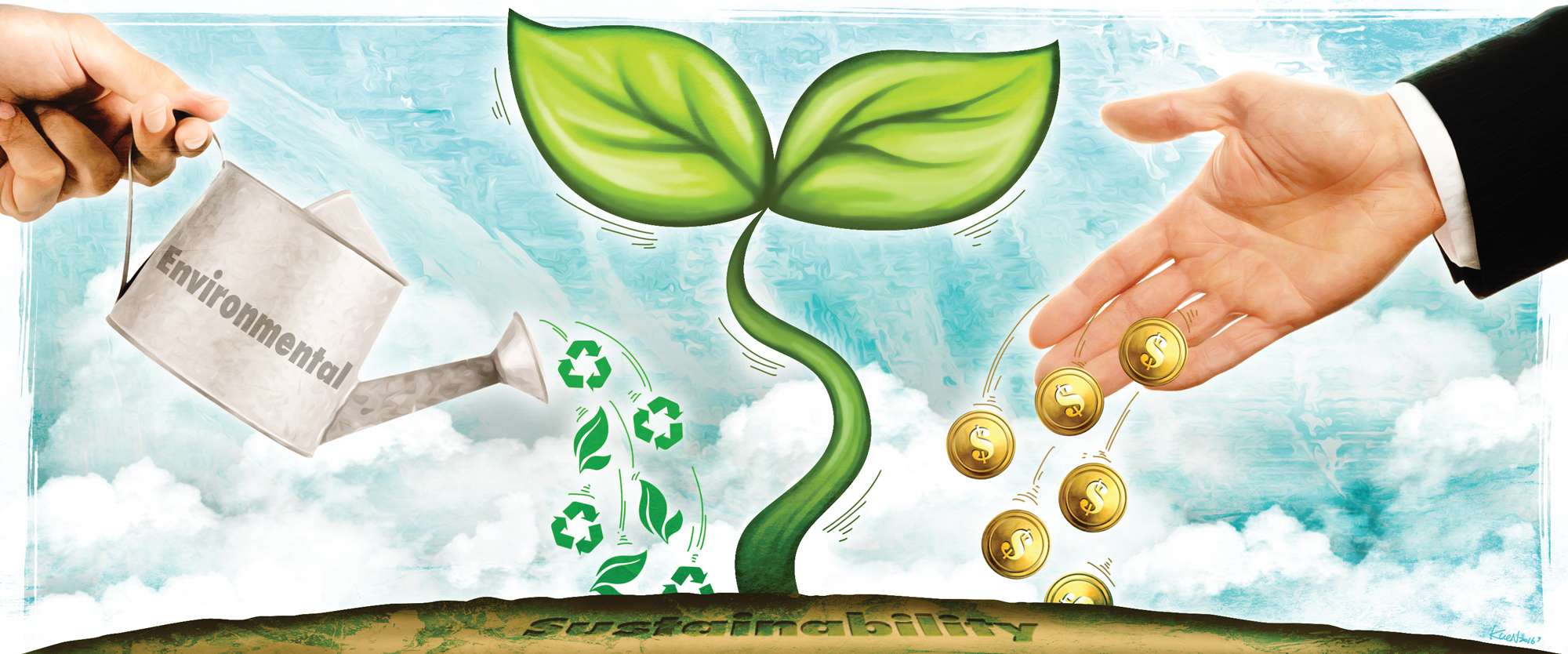
The last few years have been tough for India, not just in context of economic reforms but also environment— specifically in terms of climate. As per the India Meteorological Department, 2017 was the fourth warmest year of the country, with the last quarter of 2017 being the hottest since 1901.
In the beginning of the 20th century, India, a British colony then, suffered from significant climate change marked by severe droughts and famines, which were further fueled by fatal British economic policies. Notably, India’s economic backwardness wasn’t due to any niggardliness of geography, but was rather anthropogenic. There was no dearth of natural resources in the country, but as the British tightened their grip over the socio—economic fabric of the country, by ways of policy structures focusing on exploitation and economic drain— India slowly became a country of poor people living in a rich country. With all traditional flourishing industries of textiles, handicrafts, artisans etc. destroyed, the Indian population had agriculture as the only choice to fall back upon. This expansion of cropland and urban sprawl resulted in significant loss of grasslands and forests. In 1880, as per Science Direct Report, approximately 89 million hectares of land was converted. For example, Richards and Flint (1994) reported that the total forest cover decreased from 100 million ha to 81 million ha; whereas the cropland area increased from 100 million ha to 120 ha during 1880–1950.
In present times, such change in land use and land cover, has been a major cause for changing climatic patterns, biogeochemical cycles and food production capacity amongst others as it was then. Coupled with this is India’s fast rising population, which often is shackled by poverty and other development needs—pushing carbon emissions higher by the day. As a matter of fact, India’s carbon emissions are still rising versus other polluting nations (the US, China, Russia, Japan and the EU Bloc), with a 5% increase recorded in 2016. Given, India is embarking on one of the fastest rural-to-urban transformation, the country is yet to install a vast amount of energy-using efficient infrastructure, which will double its energy consumption as well by 2030. Though the carbon footprint increase per person is small, yet with a population of 1.3 billion, it magnifies— which might render India as the largest polluter.
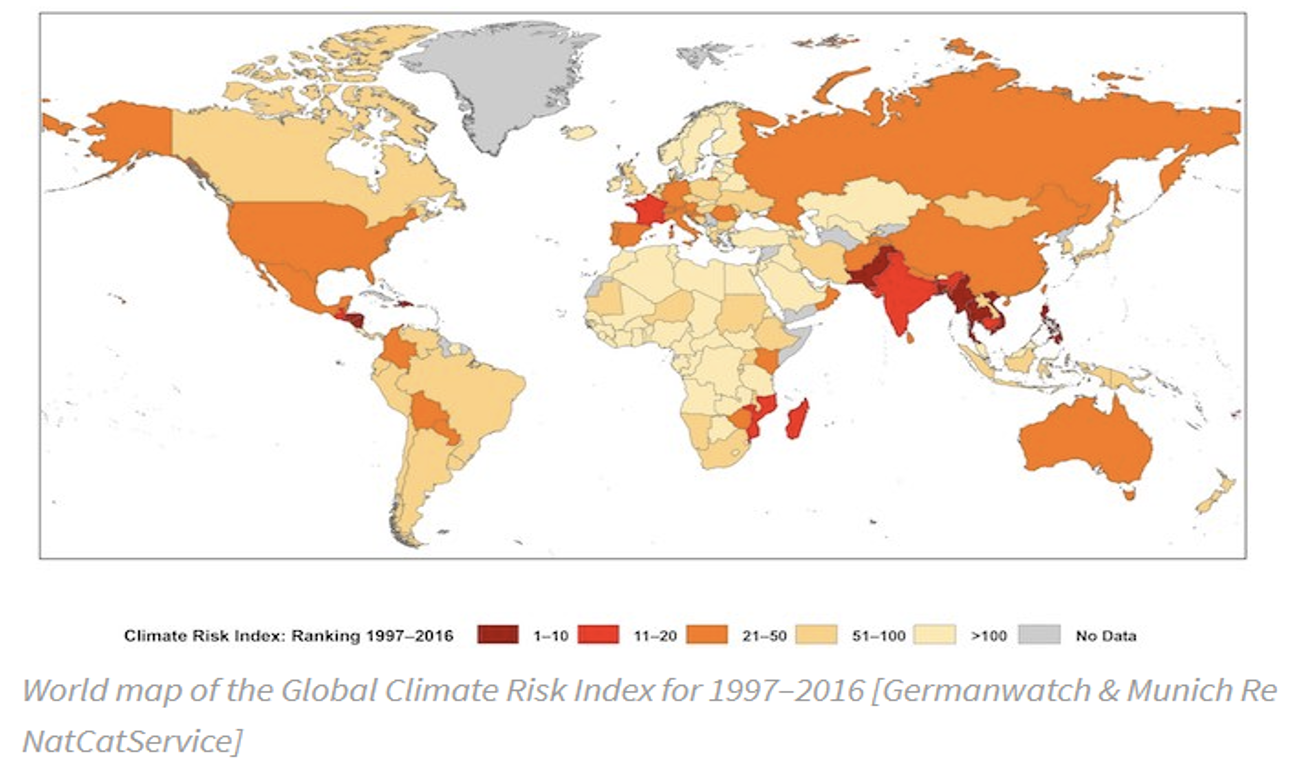
Currently, India has been speculated to be one of the most vulnerable nations to climate change. The Global Climate Risk Index 2018, released by Berlin-based NGO Germanwatch at Cop23, listed India as the 6th most vulnerable nation, where the erratic climate patterns, in form of thunderstorms, floods and heatwaves, will result in economic and human loss. The implications are expected to be particularly severe for India. “In 2016, India had reported the highest number of deaths due to extreme weather (2,119 fatalities) and suffered losses of more than INR 1.4 trillion (USD 21 billion) in property damage. This is almost 1% of India’s GDP of USD 2.5 trillion, and almost equivalent to the country’s whole health budget.” The report is based on the socio-economic data of the International Monetary Fund, and it reflects the connection between global warming and extreme El Niño events, which directly impact the Indian monsoons.
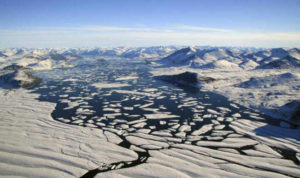
In the last four years, as per Ministry of Earth Science, more than 4,620 people have succumbed to heat waves, whose frequency and severity has increased drastically due to climate change as a result of GHG emissions (carbon dioxide, methane and nitrous oxide etc.). The country’s climate is continuously getting warmer since 1901 at a steady and fast rate. Whether it is the drying river systems, rising sea levels, extended droughts, change in oceanic acidity, glacier melting, stronger tropical storms, heavy rainfalls etc. all are results of rising temperature. Notably, India has dense coastal population, which will be hard hit apart from food security, agriculture, water shortage and disease outbreak, in wake of above mentioned consequences of changing weather patterns.
India’s Economy and Energy Needs
In wake of climate change and enhanced global warming, India faces a tough challenge to work towards its economic growth without increasing its carbon footprint. Though lower than the western countries, India still is one of the major emitters of GHG emissions after the US, China and EU Bloc. India’s energy sector is a significant contributor here, as fossil fuels remain an important factor in India’s energy policy. The country is focused at becoming a manufacturing hub, which involves rapid industrialization and high energy demand. This is critical to the growth of the world’s third largest economy which houses at least one—sixth of the world population. Even though the energy consumption per capita per person in India is way less than in Europe, China or America; and approximately 18% of Indian populace is without access to electricity (2016), yet the emissions are high, given the demographic count of the country; which is expected to further rise with time.
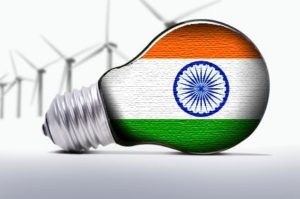
Of course, as a signatory to the Paris Climate Agreement and SDG Agenda, India is keen to control its carbon footprint. In this regards, the country has actively been promoting renewable energy resources and intends to invest tens of billions of dollars to expand generation capacity in the next decade. Target is 40% electricity from renewables and other low—carbon resources by 2030. The country wants to achieve “175 gigawatts (GW) of renewable energy capacity by 2022 – of which 100 GW will be from solar energy.”
Supporting India in this ambitious undertaking are countries like France and Japan.
- France and India are set to launch an alliance of 121 countries to boost solar power sector. This will help India become a key player in the solar industry as well.
- Japan and India too have decided to cooperate over clean, reliable and economical energy, with both of them keen on initiating dialogue on next generation electric vehicles, worldwide energy security, energy access and climate change issues.
- Climate Justice: India has sought shared responsibility, i.e. Climate Justice, from the industrialized nations, seeking them to address the problem through technology transfer and meeting their $100 billion a year from 2020. The climate justice is also sought from these developed nations on account of their historical actions; consequences of which have been instrumental in shaping the present—day capabilities of the least developed and developing nations, majority of which are erstwhile colonies.
- India is also aggressively working towards transforming its automotive market, and plans to focus only on hybrid and electric vehicles by 2030.
India is definitely working towards developing a green economy, however holding it accountable for the enormous rise in GHG emissions since industrial revolution won’t be right. The country on several occasions has reiterated the point, putting it in the context of its 1.3 billion population and its colonial legacy. Balancing the economy and environment for India is undeniably a challenge, where economic growth is equally important to alleviate issues such as poverty and food shortage amongst others. In the end, India is walking on a delicate path which links its twin goals of boosting economic development and safeguarding environmental sustainability, the results of which will be unveiled only with time.
